Instant Pot is my partner in the kitchen for cooking authentic Japanese dishes like chawanmushi, Japanese curry, Japanese-style potato salad, and many others.s It speeds up the cooking time without sacrificing the quality and authenticity of the dishes. That’s why I love my Instant Pot and want to show you today how I use it in my daily Japanese cooking.
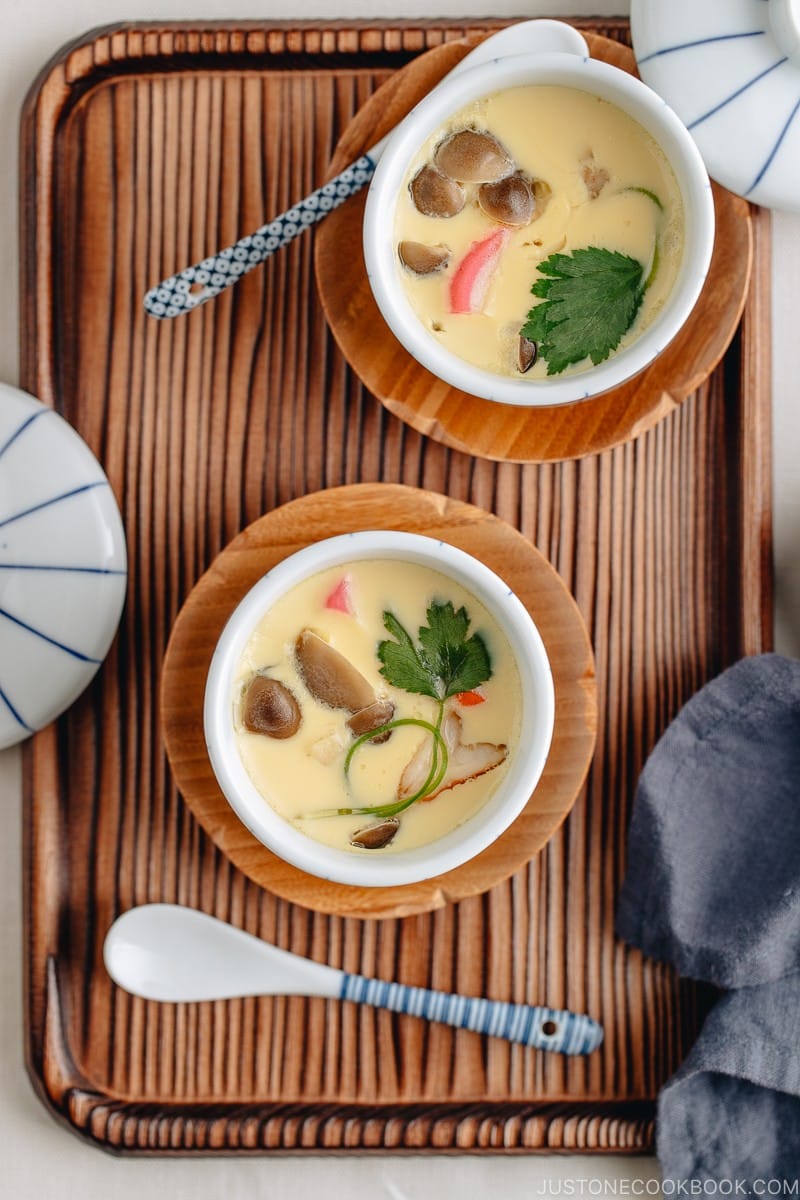
Chawanmushi (Savory Egg Custard)
If you looked up Instant Pot recipes on the web, you’re most likely get an infinite result. Undoubtedly the multicooker has been a life-changing kitchen appliance to legions of people out there. From the universally loved spaghetti bolognese to the classic Indian butter chicken, there seem to be the Instant Pot versions for us who want to save time.
The truth is there are yet too many Japanese Instant Pot recipes out there, and I know you’re probably curious how I use the gadget for my daily cooking. For the latest & final installment on my 3-part Instant Pot series, I will talk about how I use my Instant Pot in my daily Japanese cooking and what I cook with it.
In case you missed, here are the first two parts:
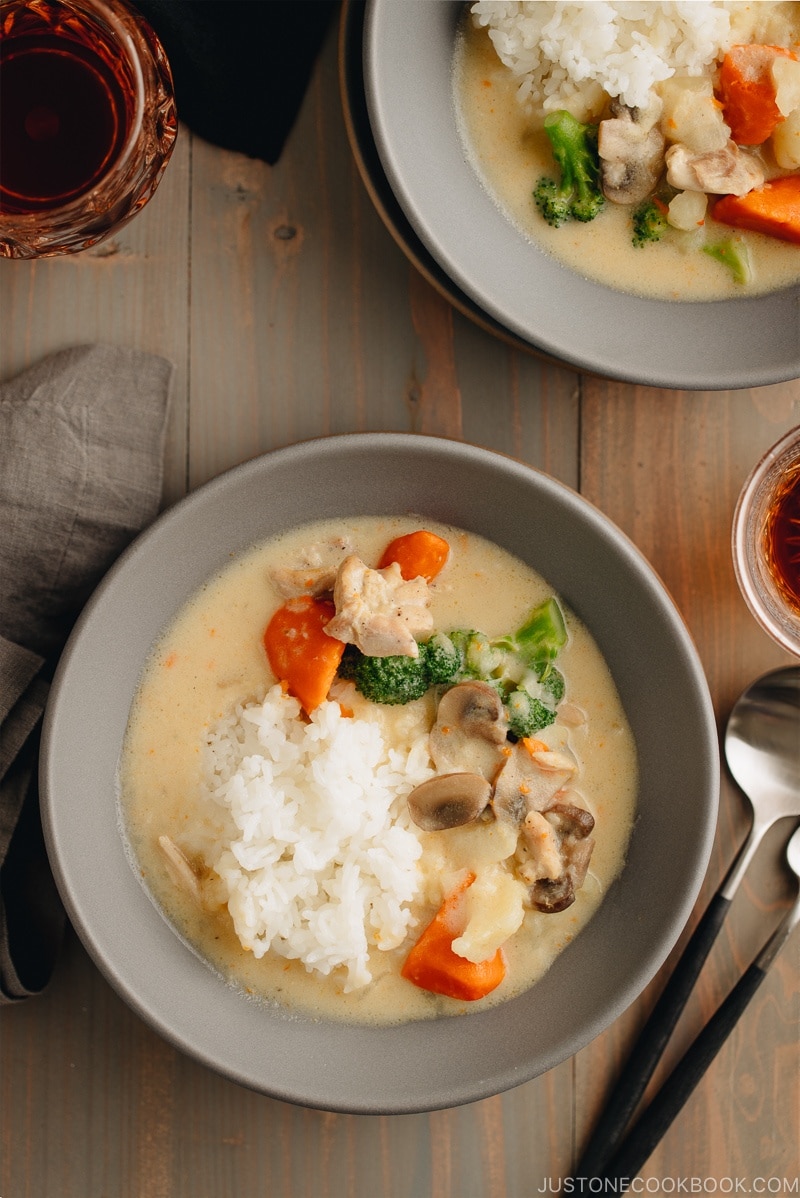
Instant Pot for Japanese Cooking
As I get older, I crave more and more for washoku dishes that I grew up eating – rice and a wholesome range of seasonal ingredients. These classic Japanese dishes are my kind of comfort food. Many of them are simmered dishes or nimono (煮物), which include beans, dried foods, and root vegetables.
To prepare these dishes on the stovetop, it can be rather time-consuming and labor intensive. I sometimes wish they are much easier to cook! However, with the help from the Instant Pot, cooking homestyle Japanese food have gotten a whole lot easier and so much FASTER. And my stress level for feeding a family of four has gone down significantly.
If you’re not familiar, a typical Japanese style meal includes rice as a main dish, one soup, and 3 side dishes (it’s called Ichiju Sansai 一汁三菜), usually with 1-2 simmered dishes. Yeah, talk about elaborate. It’s no simple feat to rustle up Japnese dinner every day, especially if you’re a working parent.
With the Instant Pot, I plan out my preparation in a way that I can work on the main dish or other dishes while the Instant Pot handles the cooking of a laborious dish. I make sure to cook many large portions (see more Japanese-style meal prep dishes) so I can store whatever leftovers in the refrigerator or freezer and serve the different dishes throughout the week. Home cooked Japanese food accomplished with minimal effort and smart planning!
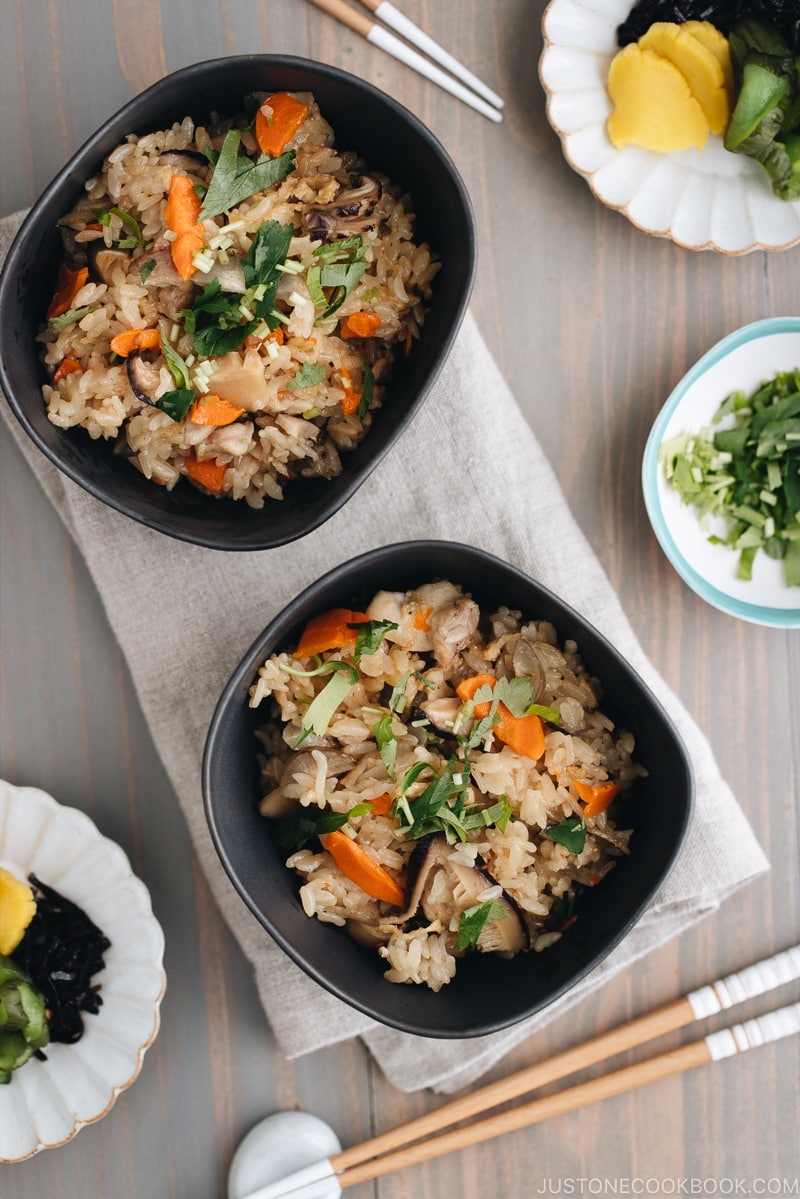
Before we move on to what I cook with the Instant Pot, I think it’s also important to know the Pros and Cons of the Instant Pot cooking.
Pros and Cons of Pressure Cooking
Pros
- Shorten cooking time into 1/3 of time (great for brown rice, a big chunk of meat, tendons, meat with bones).
- The meat falls off the bone easily and bones in the fish become tender and edible
- Save on electricity
To cook simmered dishes with the traditional stovetop method, you have to stand in the kitchen for a long time to keep checking on the food. I can never leave the kitchen! Now I can just walk away once I turn on the instant pot, and leave my kitchen to do other stuff. I love that I can start cooking dinner as late as 5 pm instead of 4 pm.
You may need some initial testing but once you get the idea of the timing, you are good to go. Take your kids to karate practice or clean the house with the extra free time; Instant Pot got you covered.
Cons
- Tender/softer vegetables cook too fast, so some vegetables need to be added in later (or leave out for better consistency).
- Cannot open the lid in the middle of cooking (to add tender vegetables or skim the scum).
- Flavors may not be well absorbed just because the meat is tender.
- Some vegetables may lose nutrients due to too much pressure.
- Can’t cook leafy greens and food that requires crunchy/crispy texture like Kinpira Gobo (Burdock Root) and Kinpira Renkon (Lotus Root).
- Hard to control the seasonings while cooking.
Now, this seems like a long list of cons, but they have not stopped me from cooking my dinners in the Instant Pot. I learned to work around the problem by cutting vegetables in bigger chunks and by choosing the right type of ingredients for pressure cooking. In fact, it has empowered me to cook more at home instead of resorting to takeout or eating out.
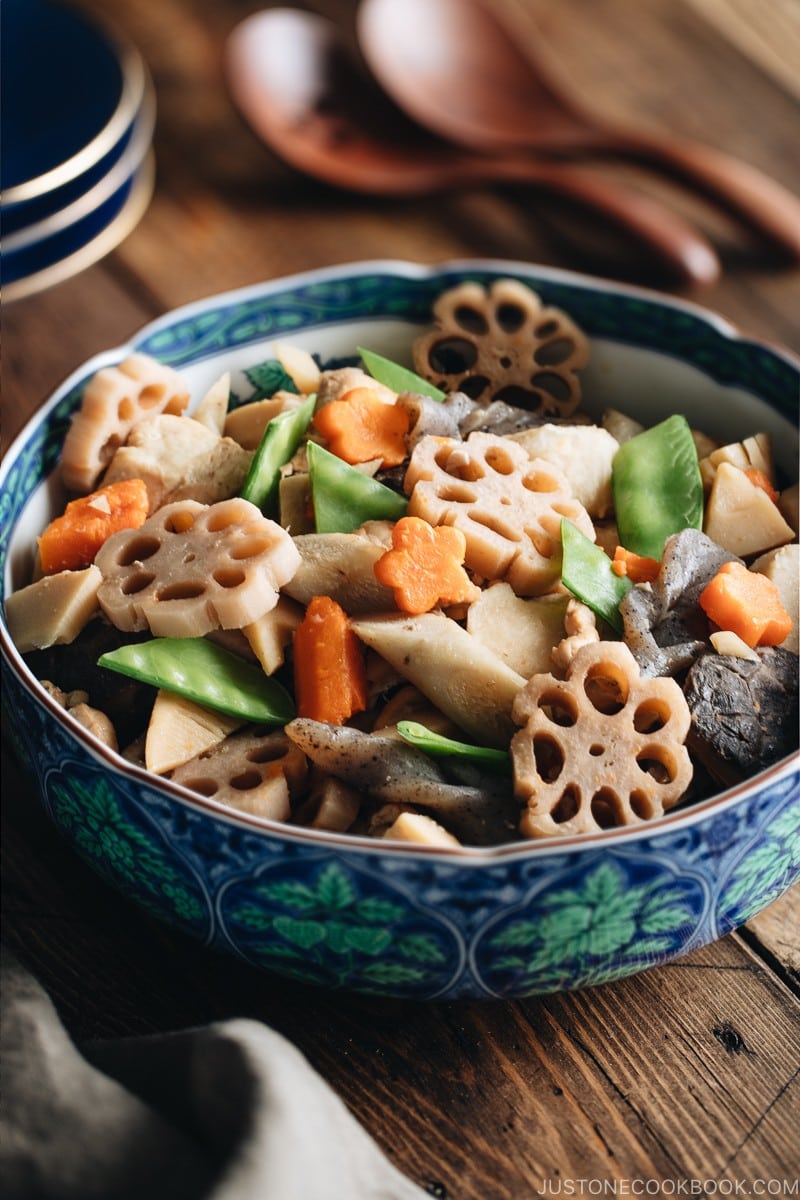
How I Use My Instant Pot
So what type of Japanese dishes do I make with my Instant Pot? Here are some of our favorites on Just One Cookbook:
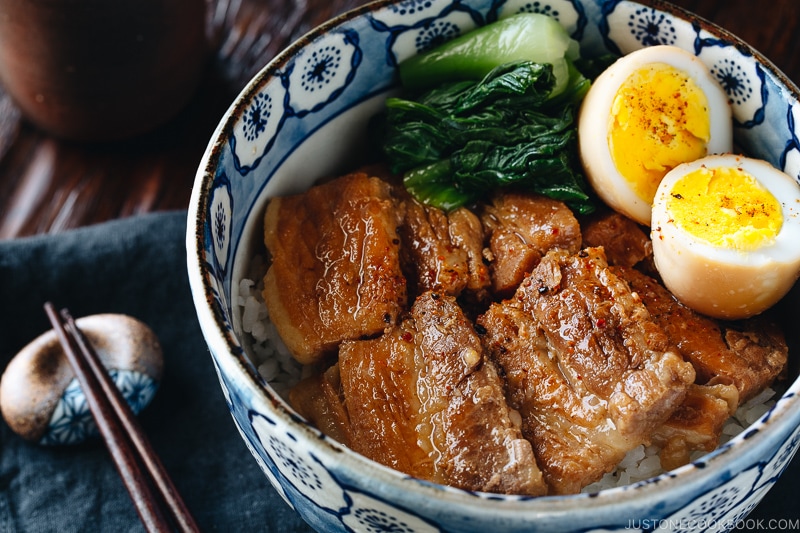
1. Big Chunk of Meat
One of the key strengths of the Instant Pot is cooking meats to tender perfection in record time. Before owning the Instant Pot, I rarely cook Japanese dishes that call for big chunks of meats, but now I enjoy making a variety of recipes by leveraging on the pressure cooking feature of the multicooker.
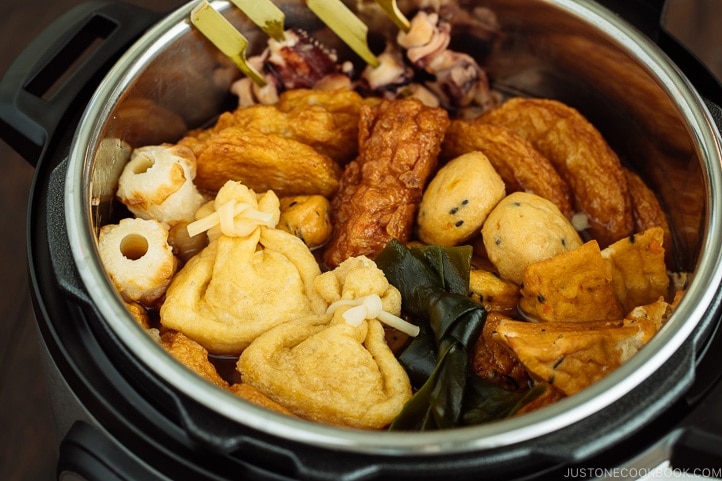
2. Stews + Soups
Seriously, if you love soups and stews like I do, it’s a strong enough reason to get an Instant Pot. When you can cut down cooking time at least in half, it means you get to make and enjoy your favorite dishes regularly.
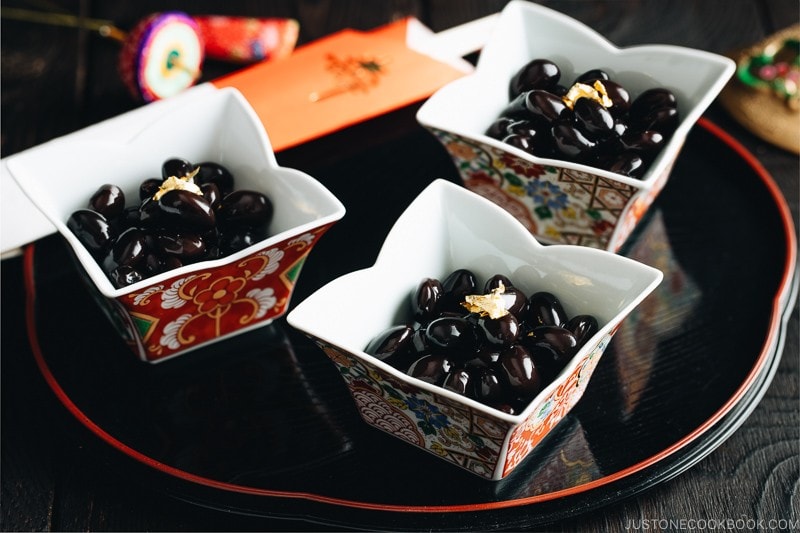
3. Dried Beans
Cooking dried beans used to seem like an extravagant use of my time, but now it’s something I can tackle with ease. The Instant Pot has the ability in cooking beans from dry in a short time and the result is always so tender and flavorful. Instead of buying the canned stuff, I have started to cook more homemade red bean paste to make delicious sweets and snacks for the kids.
- Red Bean Paste (Anko)
- Black Beans (Kuromame)
- Soybeans (to make Miso)
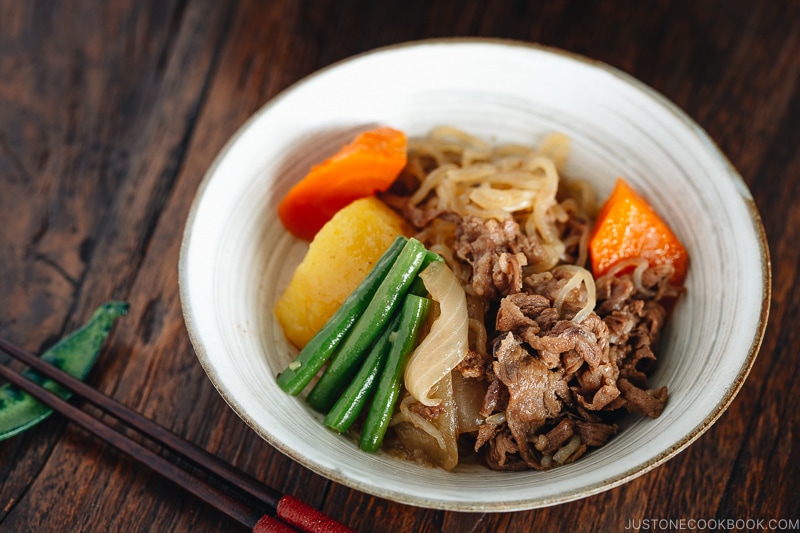
4. Root Vegetables
From daikon, gobo (burdock root), renkon (lotus root) to carrot, Japanese cuisine features a lot of root vegetables in our daily meals. Instant Pot is particularly suited to cook these root vegetables, making healthy home cooking a possible task to conquer.
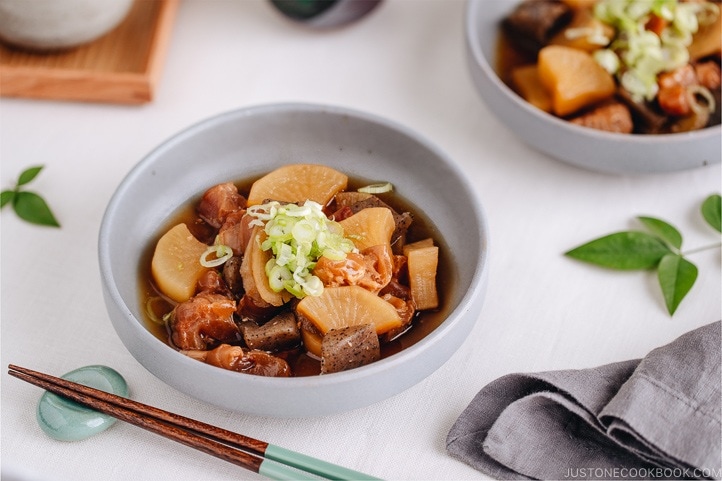
Beef Tendon Stew (Gyusuji Nikomi)
5. Tendons
It usually takes a painfully long time (3 hours!) to tenderize tendons. With the Instant Pot, it can be cooked perfectly within 30 minutes.
6. Whole Fish
Flounder (Karei カレイ), mackerel (Saba 鯖), horse mackerel (Aji アジ), red snapper (鯛), sardine (Iwashi イワシ ), and Pacific saurey (Sanma 秋刀魚) are great to cook in the instant pot. Just within 15 minutes, the whole fish including bones are nice and tender. Fish bones cooked in a pressure cooker are soft and edible, great for extra calcium! I’ll share the recipe when I get some good fish.
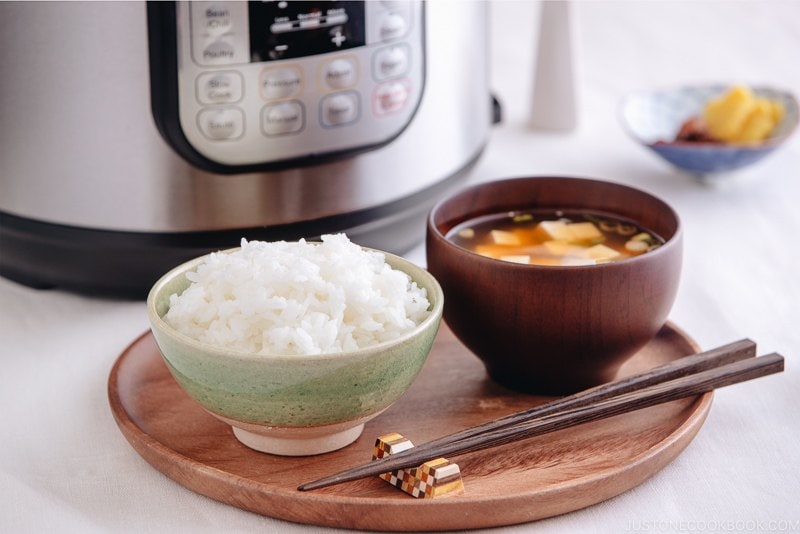
7. Rice
It usually takes 90 minutes to cook short-grain brown rice in a rice cooker and 30 minutes on the stovetop. Instant Pot makes it the fastest with 20 minutes. Compared to short grain white rice, the cooking time for brown rice is significantly longer, therefore I like cooking brown rice in the Instant Pot. I love the Mocchiri (モッチリ) texture, or mochi-like texture, of brown rice cooked both in the Instant Pot and donabe (Japanese earthenware pot). I’ll share the recipe soon!
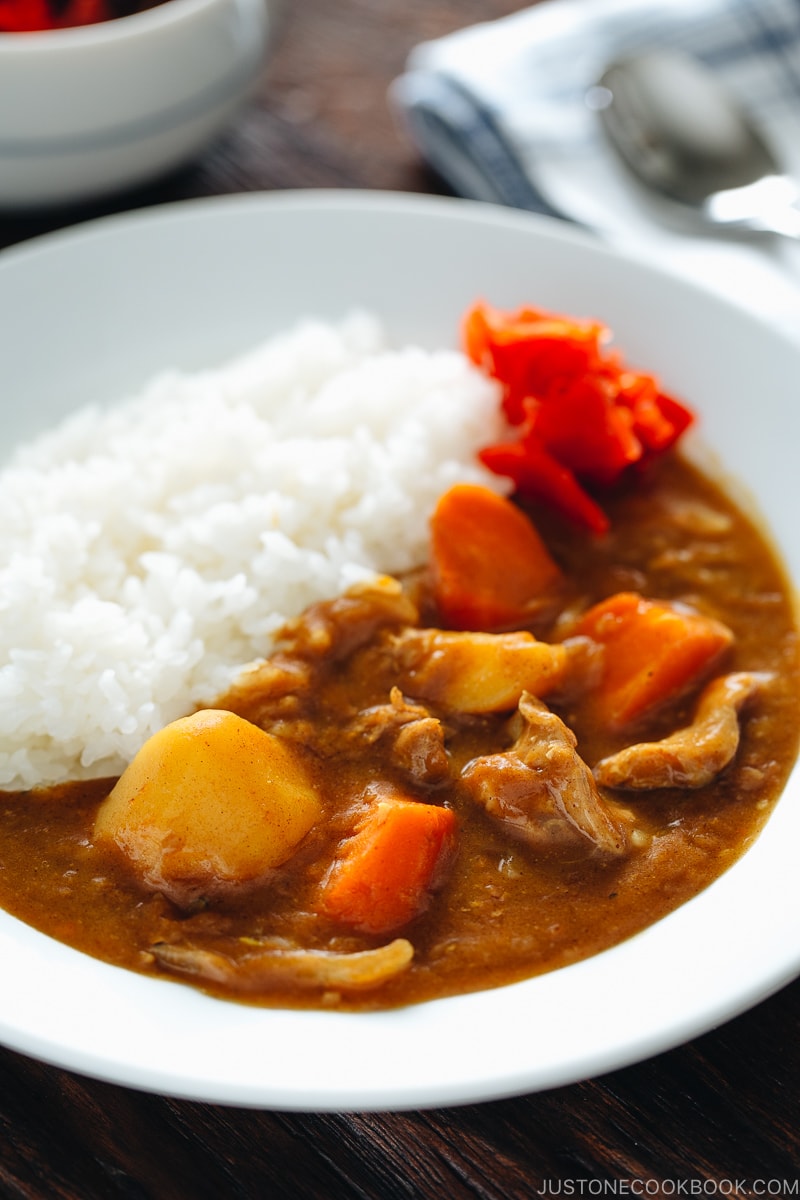
Top 3 Dishes I Made Most Using Instant Pot for the Past 3 Months
It had been cold and rainy in the past 3 months, so I made these dishes with my Instant Pot most frequently for my family.
Another favorite of ours is Pulled Pork, which I make a big batch and used in tacos, donburi (rice bowl), and sandwich!
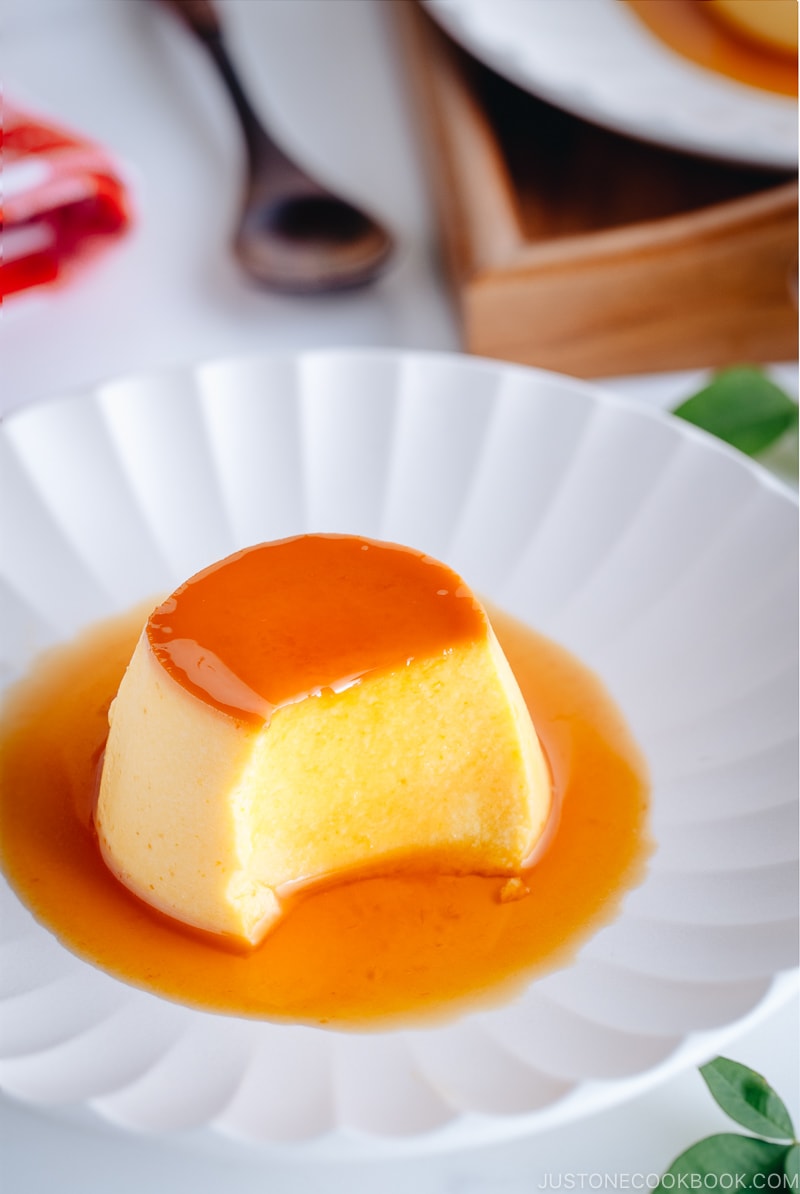
Have you tried cooking Japanese recipes with Instant Pot before? Do you have a favorite? Are there any specific recipes you’d like me to share? I’d love to hear from you!
Disclosure: This post is sponsored by Instant Pot. All opinions expressed are my own, and I only work with brands and products that I personally use and thoroughly enjoy. Thank you so much for supporting the companies that keep Just One Cookbook going.
Sign up for the free Just One Cookbook newsletter delivered to your inbox! And stay in touch with me on Facebook, Pinterest, YouTube, and Instagram for all the latest updates.
from Merah Hati Cintaku https://ift.tt/2COoBC9
via MerahHatiCintaku.blogspot.com